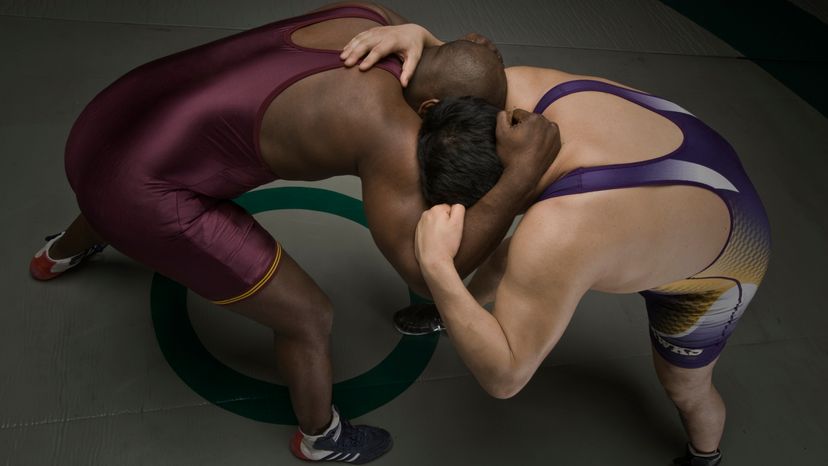
For years, the promotion known as TNA fought to be seen as an alternative to WWE, a haven for wrestling fans who had grown disillusioned with what WWE was providing. And at times, they did manage to succeed, putting on well-received shows, creating new stars, and they even kept the company afloat for over thirteen years despite a variety of obstacles, many of them self-inflicted. Unfortunately, for every step TNA took forward, it seemed like they would do something that caused them to slide two or three steps backwards, an unsustainable model no matter how you look at it, especially for a company trying to compete with a multi-million-dollar behemoth of an opponent like WWE. The mistakes of TNA are many, and these are the ones that helped ensure that not only would they never be even close to competing directly with WWE, but also seriously jeopardized any chance they may have had of surviving.
Advertisement